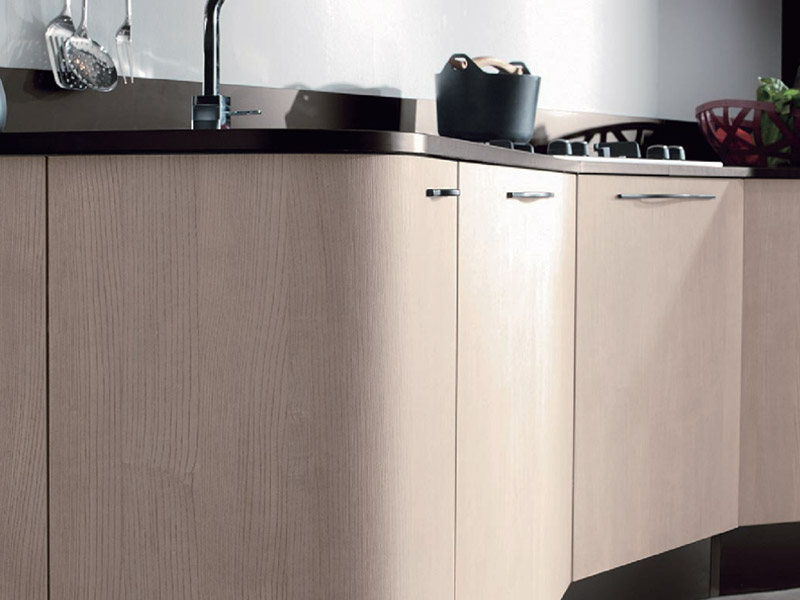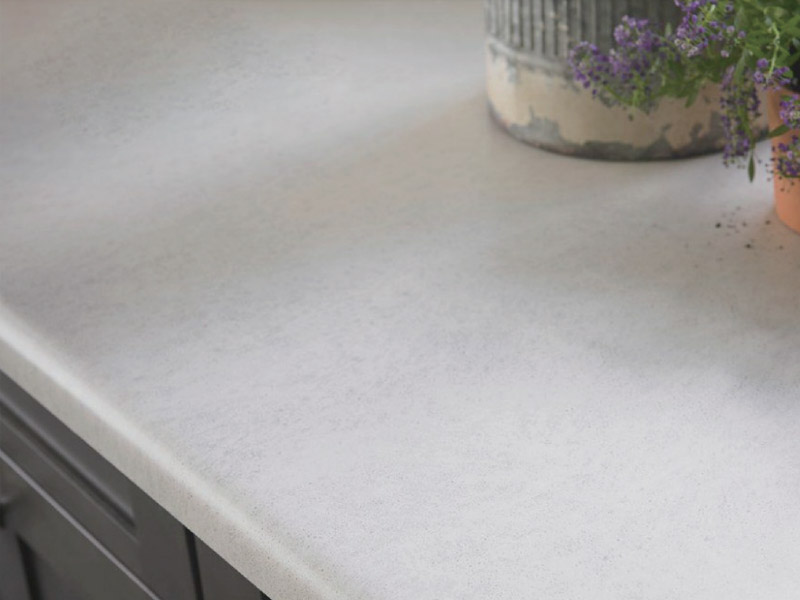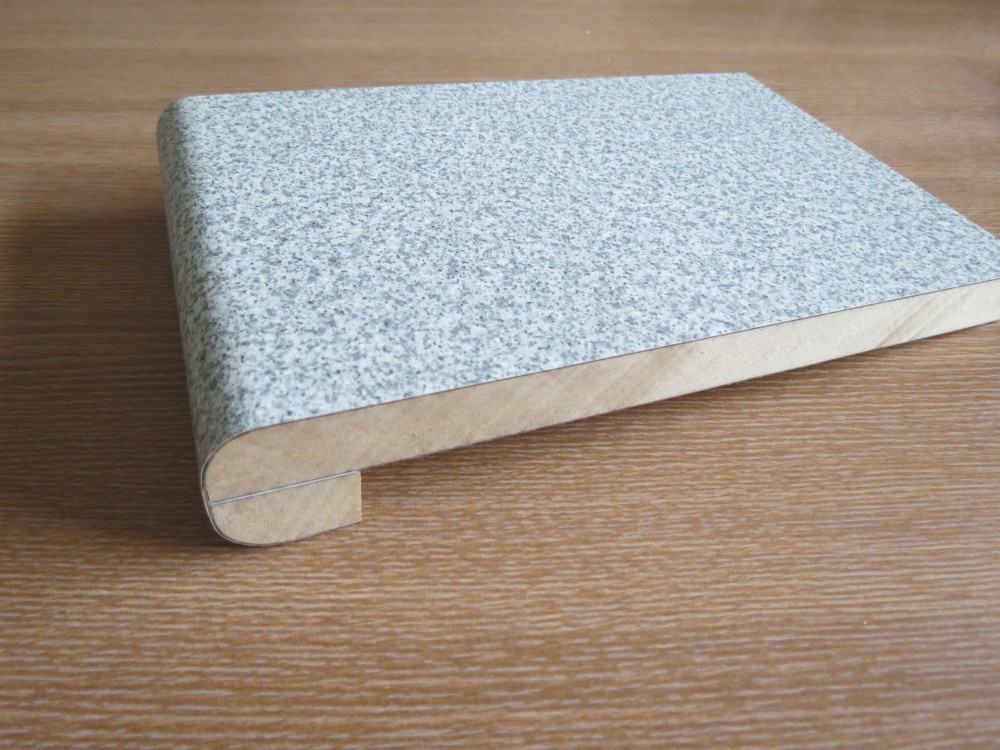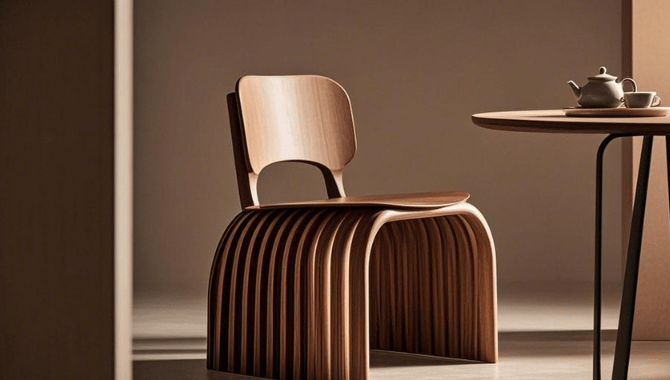High-Pressure Laminate (HPL) has become one of the most versatile and widely used surface materials in the world of furniture, cabinetry, and interior design. Among the many ways to use HPL, post-forming stands out as a unique and highly efficient technique. This process allows flat decorative laminates to be applied seamlessly to substrates with curves, edges, and other special shapes. The result is a combination of durability, functionality, and sleek aesthetics—perfect for modern spaces.
In this article, we will explore the complete process of HPL post-forming, the technologies involved, and its varied applications. Whether you are a designer, manufacturer, or simply curious about this material, this in-depth guide will cover everything you need to know.

What is HPL Post-Forming?
HPL post-forming refers to the process of applying high-pressure laminate sheets onto different substrate surfaces, including both flat boards and curved structures. Unlike traditional flat lamination, post-forming gives HPL the ability to wrap around edges, bend into curves, or mold seamlessly with the substrate.
The process is carried out using heat, pressure, and specialized adhesives, which soften the HPL enough to form around shapes while retaining its durability. This makes it possible to produce curved cabinet doors, seamless countertops, ergonomic furniture designs, and customized wall panels.
Why Choose HPL Post-Forming?
The popularity of post-forming lies in its combination of design freedom and performance benefits:
Seamless Appearance: No visible joints or sharp edges, creating a smooth, elegant finish.
Durability: Resistant to heat, moisture, scratches, and daily wear.
Design Versatility: Works with flat, curved, or complex surfaces.
Hygienic & Easy to Clean: Suitable for kitchens, bathrooms, and healthcare environments.
Cost-Effective Alternative: Provides a premium look similar to natural stone or solid surfaces at a lower cost.

Main Steps in the HPL Post-Forming Process
To understand how HPL post-forming is achieved, let’s break down the step-by-step process:
1. Substrate Preparation
The first step is choosing a suitable substrate, typically particleboard, MDF (medium-density fiberboard), or other engineered sheet materials. The substrate must be smooth, stable, and free from defects, ensuring proper bonding and durability.
2. HPL Cutting
The HPL sheets are cut according to the required size and shape. For curved surfaces, precision cutting ensures that the laminate will fit perfectly once applied.
3. Adhesive Application
A special adhesive—such as contact adhesive or hot melt adhesive—is applied evenly to both the substrate and the back of the HPL. Proper application is critical for ensuring a strong, long-lasting bond.
4. Hot Pressing
The prepared HPL and substrate are pressed together using specialized hot-pressing equipment like a laminator or vacuum former. Under high temperature and pressure, the HPL becomes flexible enough to conform to curves and shapes, bonding tightly to the substrate.
5. Post-Processing
After cooling, the laminated product undergoes trimming, polishing, and inspection. This ensures smooth edges, a flawless finish, and compliance with quality standards.
Key Technologies in HPL Post-Forming
The success of HPL post-forming lies in advanced technologies that allow precision, flexibility, and creative design.
Hot Bending
Using vacuum forming technology, HPL is heated and bent to achieve specific curvatures. This is ideal for producing rounded cabinet doors, curved countertops, and stylish wall panels.
CNC Machining
CNC (Computer Numerical Control) machines enable high-precision cutting, engraving, and shaping of HPL. With CNC, manufacturers can achieve complex patterns, custom edges, and decorative engravings, expanding design possibilities.

Applications of HPL Post-Forming
HPL post-forming technology has applications across multiple industries and environments:
1. Furniture
Curved desks, tables, and shelves
Seamless armrests and ergonomic designs
2. Cabinets & Kitchens
3. Wall Panels & Partitions
Stylish curved wall claddings
Seamless office partitions
Decorative interior surfaces for retail and hospitality
4. Exhibition Displays
5. Healthcare & Education
Hygienic, easy-clean surfaces for hospitals
Functional, long-lasting furniture for schools and labs
Benefits of HPL Post-Forming Over Traditional Lamination
Compared to traditional flat lamination, post-forming offers unique advantages:
No Sharp Edges: Safer and more visually appealing.
Enhanced Durability: Curved edges prevent peeling and lifting over time.
Design Flexibility: Works with both 2D and 3D shapes.
Professional Finish: Ideal for premium interiors and modern architecture.
Maintenance and Care of HPL Post-Formed Surfaces
To maximize the lifespan of HPL post-formed surfaces:
Clean regularly with mild soap and water.
Avoid harsh abrasives that can damage the surface.
Use protective pads under hot pans or heavy objects.
Keep surfaces dry to prevent long-term damage to the substrate.
Sustainability of HPL Post-Forming
With increasing focus on eco-friendly construction materials, HPL post-forming offers sustainability benefits:
Low Emission Adhesives: Many adhesives used are formaldehyde-free.
Recyclable Materials: Substrates and HPL sheets can often be recycled.
Durability: Long lifespan reduces replacement waste.
Energy Efficiency: Modern lamination equipment consumes less energy.

Common Challenges in HPL Post-Forming
While versatile, post-forming requires expertise to overcome challenges such as:
Adhesive failure if applied unevenly.
Cracking or bubbling if heating is not controlled properly.
Substrate warping due to poor material selection.
Limited bending radius depending on HPL thickness.
Future Trends in HPL Post-Forming
The industry is constantly evolving, with innovations like:
Digital printing on HPL for customized designs.
3D post-forming for even more complex shapes.
Eco-friendly laminates with recyclable cores and water-based adhesives.
Smart laminates with antimicrobial, fingerprint-resistant, and self-healing properties.
Conclusion
HPL post-forming has transformed the way designers and manufacturers create functional yet visually stunning interiors. By combining advanced lamination techniques, hot bending, and CNC machining, this process enables the production of durable, seamless, and curved surfaces that elevate modern design.
From kitchens and furniture to healthcare facilities and retail displays, post-formed HPL is a reliable, versatile, and sustainable choice. As technology advances, we can expect even greater possibilities—making HPL post-forming an essential part of future interior solutions.
English
Русский
العربية
Français
Español
Português
Deutsch
italiano
日本語
한국어
Nederlands
Tiếng Việt
ไทย
Polski
Türkçe
አማርኛ
Bahasa Melayu
தமிழ்
Filipino
Bahasa Indonesia
magyar
Română
Монгол
қазақ
Српски
हिन्दी
فارسی
Kiswahili
Slovenčina
Slovenščina
Svenska
українська
Ελληνικά
Suomi
Հայերեն
עברית
اردو
Shqip
বাংলা
Hrvatski
Afrikaans
Māori
සිංහල
Oʻzbekcha
latviešu
Беларуская мова
Bosanski
Български
ქართული
Lietuvių
Malti
Runasimi






